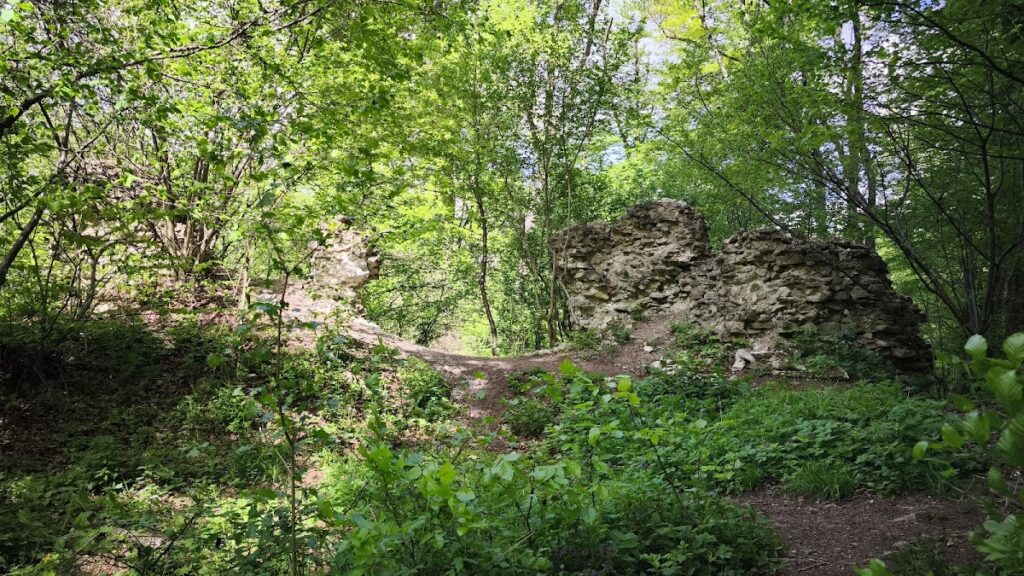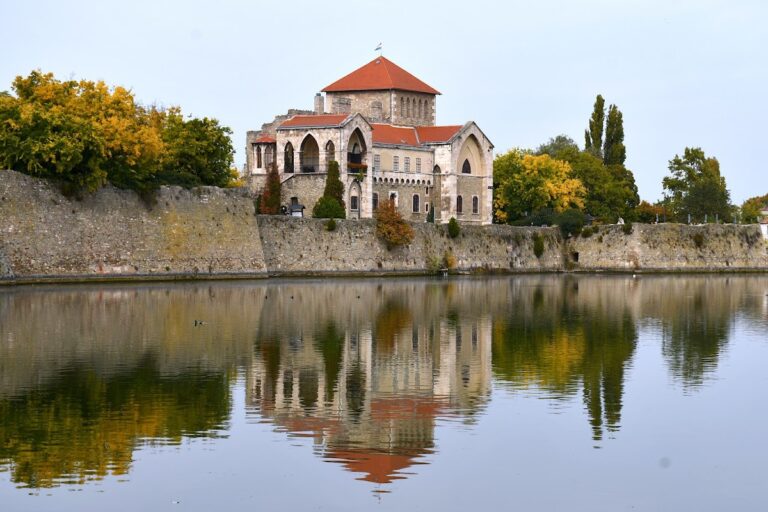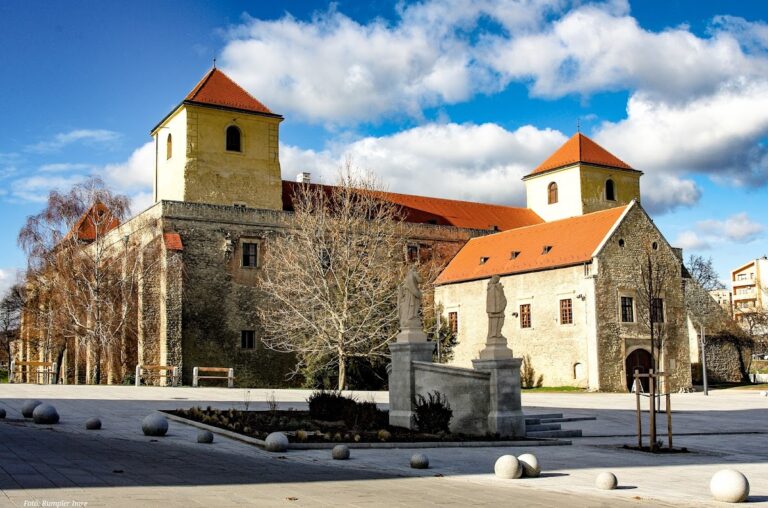Gerencsérvár: A Medieval Fortified Residence in Oroszlány, Hungary
Visitor Information
Google Rating: 4.3
Popularity: Very Low
Google Maps: View on Google Maps
Official Website: www.gerencservar.hu
Country: Hungary
Civilization: Unclassified
Remains: Military
History
Gerencsérvár is located in Oroszlány, Hungary, and was constructed by medieval Hungarian nobility as part of a fortified network in the Vértes region. Its origins lie in the period following the devastating Mongol invasion of the 13th century, when the kingdom undertook significant defensive measures.
The site first appears in written records in 1231, named Wdvorhel (later Udvarhely), as mentioned in the will of Miklós Csák, sibling to Archbishop Ugrin. Over time, the name evolved into Gerencsér, possibly influenced by settlers known as “göröncsérek.” During this early phase, the site functioned primarily as a noble residential tower rather than a full-scale castle, designed to shelter the lord and his family while maintaining a military presence for defense.
Throughout the 14th century, Gerencsérvár maintained its strategic importance. By 1330, it was referred to as Gerencher in documents, showing divided ownership between royal stablemen and Pál, son of Györke from the prominent Csák clan. The site’s significance is further highlighted by a historical event dated December 6, 1366, when King Louis the Great convened here with representatives of the Venetian Republic to discuss a military campaign against the Turks.
For two centuries, the area surrounding Gerencsérvár served as a royal hunting ground, favored by King Louis I due to abundant fish in nearby streams such as Szépvíz and Fekete-víz. Its role extended beyond defense, functioning as a retreat linked to royal leisure and resource management.
In 1440, amidst political turmoil caused by the minority of King Ladislaus V, Gerencsérvár figured in the secretive transfer of the Hungarian Crown. The queen’s trusted aide, Kottaner Jánosné, passed the crown through this site, noting the difficult conditions and the scarcity of provisions at the hunting lodge. This episode reveals the tower’s continuing relevance during crisis years in the Hungarian kingdom.
During the Ottoman occupation, a settlement developed near Gerencsérvár, but the fortified tower itself gradually fell into ruin. Today, only strongly deteriorated remnants of the tower remain standing as witnesses to its layered history.
Remains
Gerencsérvár was constructed as a modest fortified residence centered on a stone tower, reflecting its primary function as a noble refuge rather than a full fortress. The building’s footprint measured roughly 13 meters long by 8.7 meters wide. It likely rose two or three stories, providing layered shelter and defense.
The structure’s thick stone walls housed multiple staircases, each separately lockable on different floors. This design allowed controlled movement inside the tower and enhanced its defensive capability. Positioned to face east, the tower overlooked the Szépvíz stream, resting on the wooded plains of the Vértes region west of the nearby Oroszlánkő castle, integrating natural landscape defense.
Today, only heavily ruined fragments of the tower survive. These ruins offer no visible decorations, inscriptions, or related artifacts such as tools or religious items. Despite the tower’s deterioration, the remains faithfully mark the site’s role as a fortified noble residence dating back to post-Mongol invasion Hungary.










